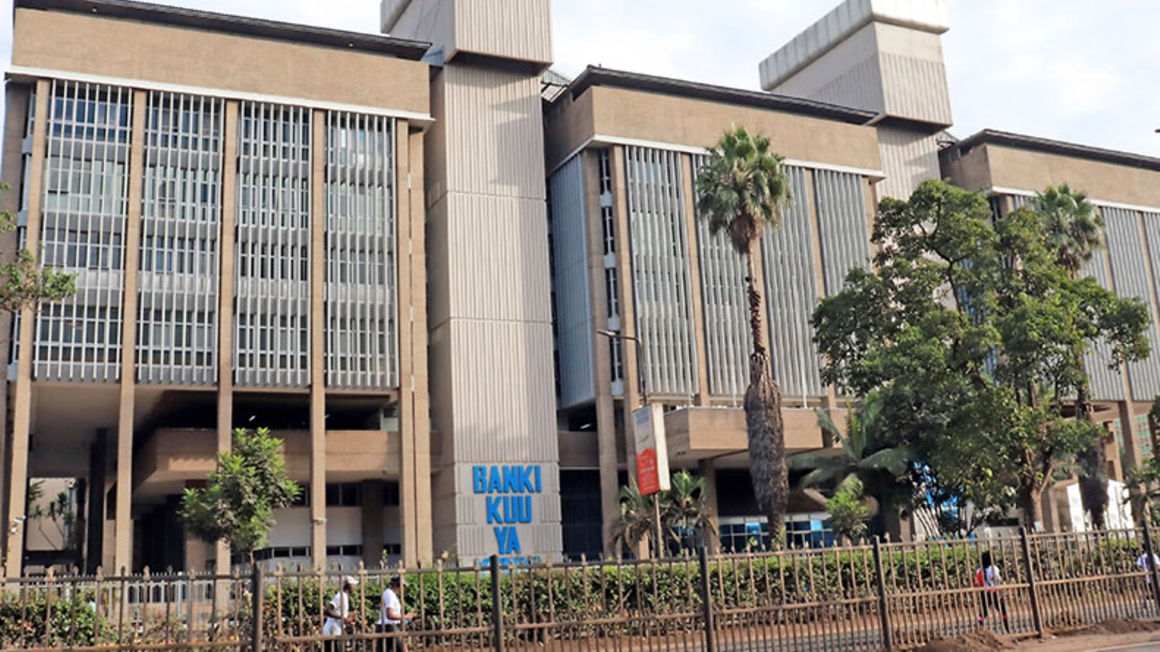
Central Bank of Kenya (CBK). FILE PHOTO | NMG
Summary
- Data from the Central Bank of Kenya shows that total loans amounting to Sh1.12 trillion (or 38 percent of the total banking sector loan book of Sh2.9 trillion) had been restructured by the end of August 2020.
- This, from my vantage point, implies that half the loans in the industry are non-performing at the time of my writing.
- But even more important, this pandemic calls on banks to be quite smart and innovative in how they fund their balance sheets going forward.
- Funding is very key at this time because when you have as much as half of loans non-performing, funding gaps abound.
- There are two key considerations when it comes to the choice of financing in this environment: (i) stability and (ii) pricing.
When it comes to the banking industry, there is no doubt that the novel coronavirus has left both regulators and financial institutions wading through unfamiliar waters.
This has ranged from maintaining adequate capital buffers to withstand resultant shocks and liquidity support to re-adjusting operations.
In Kenya, the character of commercial banks is being stretched; for a number of reasons. First, they have had to adjust to the fact that loan volumes have disappeared and it will take some time for them to come back. And this is not just a Covid-19 phenomenon. It traces back to 2016 when interest rate caps took effect and banks went slow on lending after lamenting that they could not price risk appropriately. But now they are facing a more serious problem in the form of loan delinquencies.
Data from the Central Bank of Kenya shows that total loans amounting to Sh1.12 trillion (or 38 percent of the total banking sector loan book of Sh2.9 trillion) had been restructured by the end of August 2020.
This, from my vantage point, implies that half the loans in the industry are non-performing at the time of my writing. But even more important, this pandemic calls on banks to be quite smart and innovative in how they fund their balance sheets going forward.
Funding is very key at this time because when you have as much as half of loans non-performing, funding gaps abound. There are two key considerations when it comes to the choice of financing in this environment: (i) stability and (ii) pricing.
Recently, NCBA Group, the third largest balance sheet in town, opened a sale of certificate of deposits (CDs), being the first bank to do so in a long while (and targeting to raise as much as Sh20 billion). Given the timing, it appears the sale is also designed to recapture the money it paid back to investors when, in September 2020, it retired medium term bond notes three months ahead of maturity (the bond notes were sold in December 2014 by CBA and raised Sh7 billion). And it makes sense, especially when you look at the pricing. The bank is selling the CDs at a price of upto 9.5 percent, which, compared to the fixed coupon of 12.75 percent it paid for the debt notes, represents a lower opportunity cost. Additionally, the bank is able to lock in a lower interest rate trajectory for upto two years without any interruptions. This sale is a representation of the kind of funding innovation required to cope with the pandemic. There are also other institutions who have gone for long-term funding from multi-lateral partners.
Broadly, in this environment banks need to see long-term when it comes to funding. If they book short-term funds which they obviously will be unable to deploy at the right price, then they run the risk of submerging their income statements.
Secondly, pricing is also key given that loan yields have been soft for quite sometime. Specifically, on the shorter end, the aim should be to maintain non-interest bearing funding liabilities because of the constraints in deploying funds right now in the shortest time possible.
@GeorgeBodo





No comments :
Post a Comment